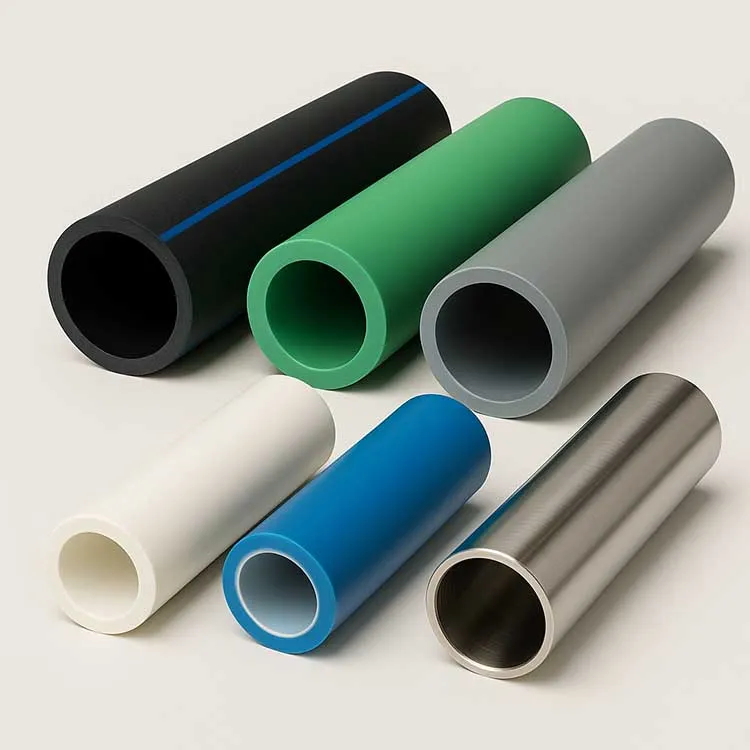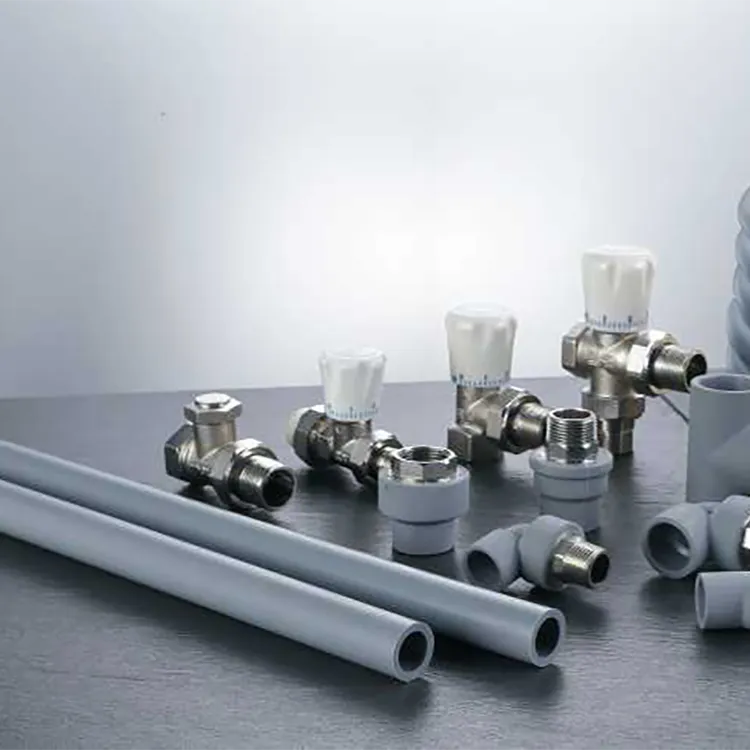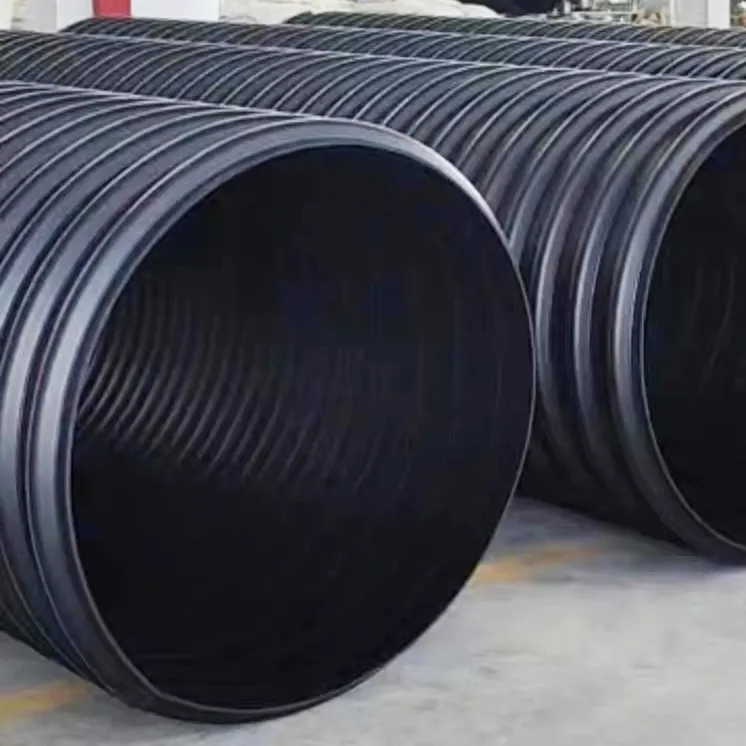When purchasing Electrical Conduits, customers often have similarities and differences between CPVC Electrical Conduits and MPP Electrical Conduits. In order for users to better understand, the following is an introduction to the differences between them:
Difference 1: Features

MPP Electrical Conduit is made of modified polypropylene (PP) material, which has good insulation performance, high temperature resistance, strong compressive performance, light weight, convenient construction, smooth inner and outer walls, low friction, long service life and good performance .
CPVC The Electrical Conduit adopts chlorinated polyvinyl chloride (pvc-c) resin as the master batch, which has the characteristics of high strength, good flexibility, high temperature resistance, corrosion resistance, flame retardant, good insulation performance, no pollution, not easy to age, light weight, convenient construction, etc. .
Difference 2: Applicability

MPP
Compared with the traditional trenching and burying method, this kind of trenchless Electrical Conduit construction is more convenient to reduce the damage to the road surface, and has a wide range of applications. It can also lay pipelines in some areas where excavation cannot be carried out, such as heritage protection. Districts, downtown areas, crop and farmland protection areas, highways, rivers, etc. It is suitable for pipes and pipes for high-voltage transmission lines and cables above 10KV.
CPVC
The main scope of application of Electrical Conduits: urban power grid construction and renovation; urban municipal renovation projects; civil aviation airport engineering construction; engineering park and residential engineering construction; The product has high performance, which is superior to the traditional asbestos cable pipe and ordinary pvc pipe, and is an ideal substitute for the traditional Electrical Conduit and cable sheath.
Difference 3: connection method
The MPP Electrical Conduit is welded by hot-melt welding machine. The welding point is about 200 degrees and cannot exceed 220 degrees. When the temperature reaches, the two ends can be butted.
CPVC The Electrical Conduit adopts socket connection, and a high temperature rubber ring is added to the flared socket connection to prevent thermal expansion and contraction. It consists of joints, waterproof sealing rings, brackets and other components.

Difference 4: temperature
The pipe produced by MPP Electrical Conduit material can work for up to 50 years under the external temperature of -5℃-70℃. Series advantages.
The pipe produced by CPVC Electrical Conduit material is relatively rigid, and its material flexural modulus and tensile force are good. The flame retardant grade FV-O of the pipe itself cannot be burned, basically does not transfer heat, and the Vicat softening temperature is ≥93 °C.
Difference 5: size
Consider the size and scope of application from the perspective of the two
MPP pipes are generally 110-350mm
PVC-C pipes are limited by strength design, generally below 110mm

In conclusion, there is no great competition between the two. MPP is more suitable for the construction of large circuit main lines, while PVC-C is more suitable for the connection of smaller circuit pipelines below 110mm. The two can complement each other, and customers can purchase according to the needs of the usage scenario.
612.jpg)


981.webp)

 (1)379.webp)

294.webp)
476.webp)
420.webp)
146.webp)
460.webp)
287.webp)
274.webp)
688.webp)


